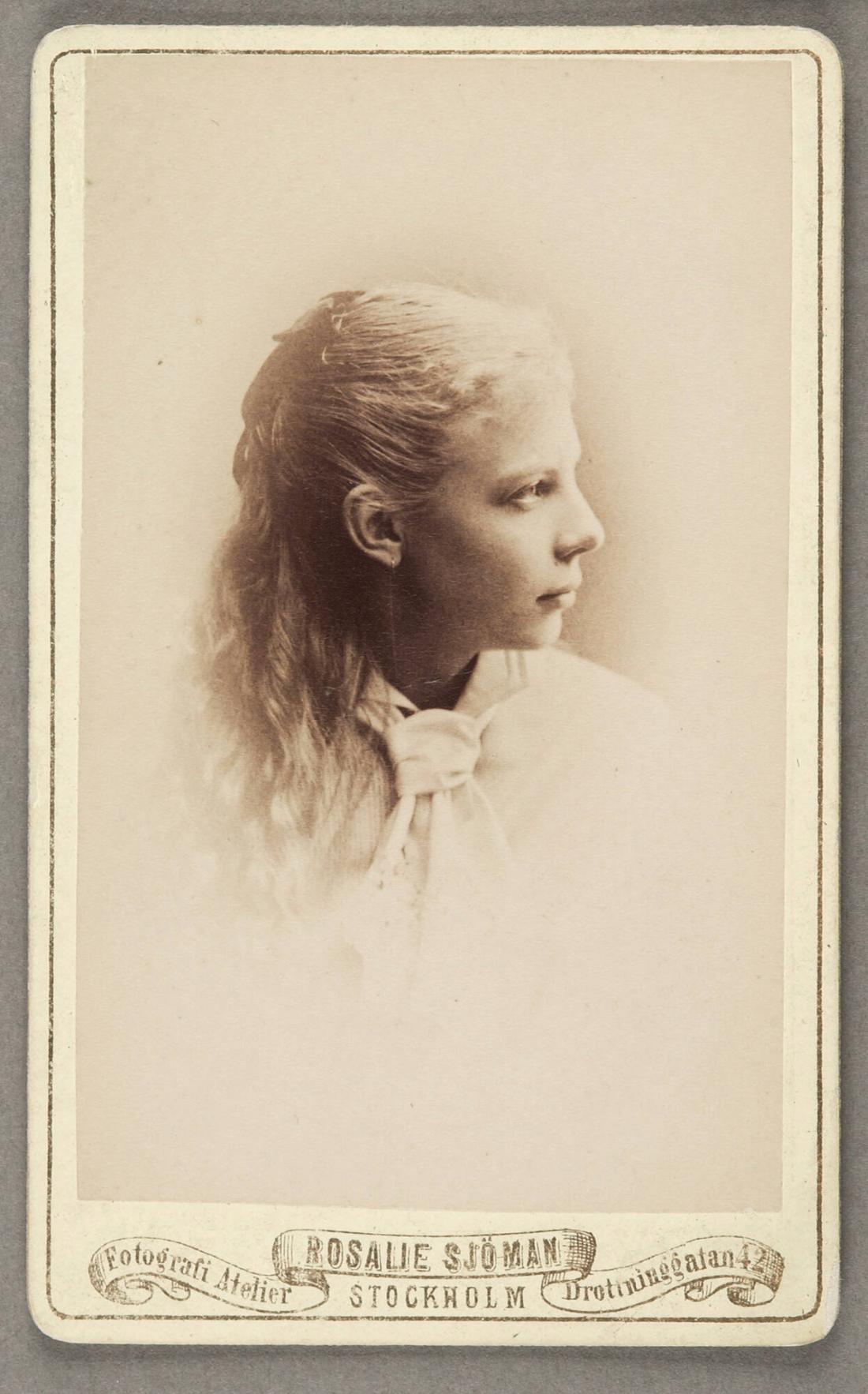


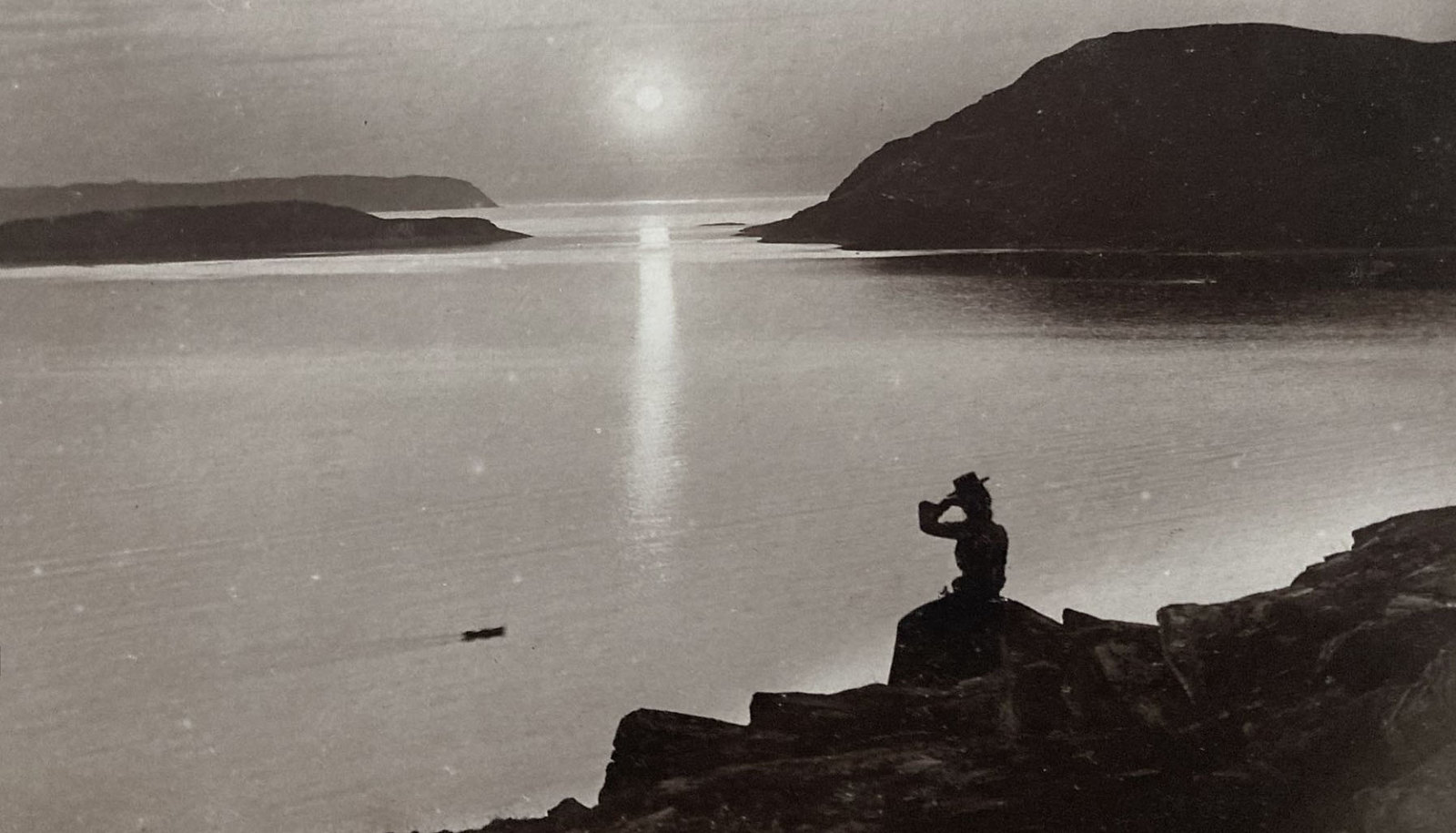
images that haunt us










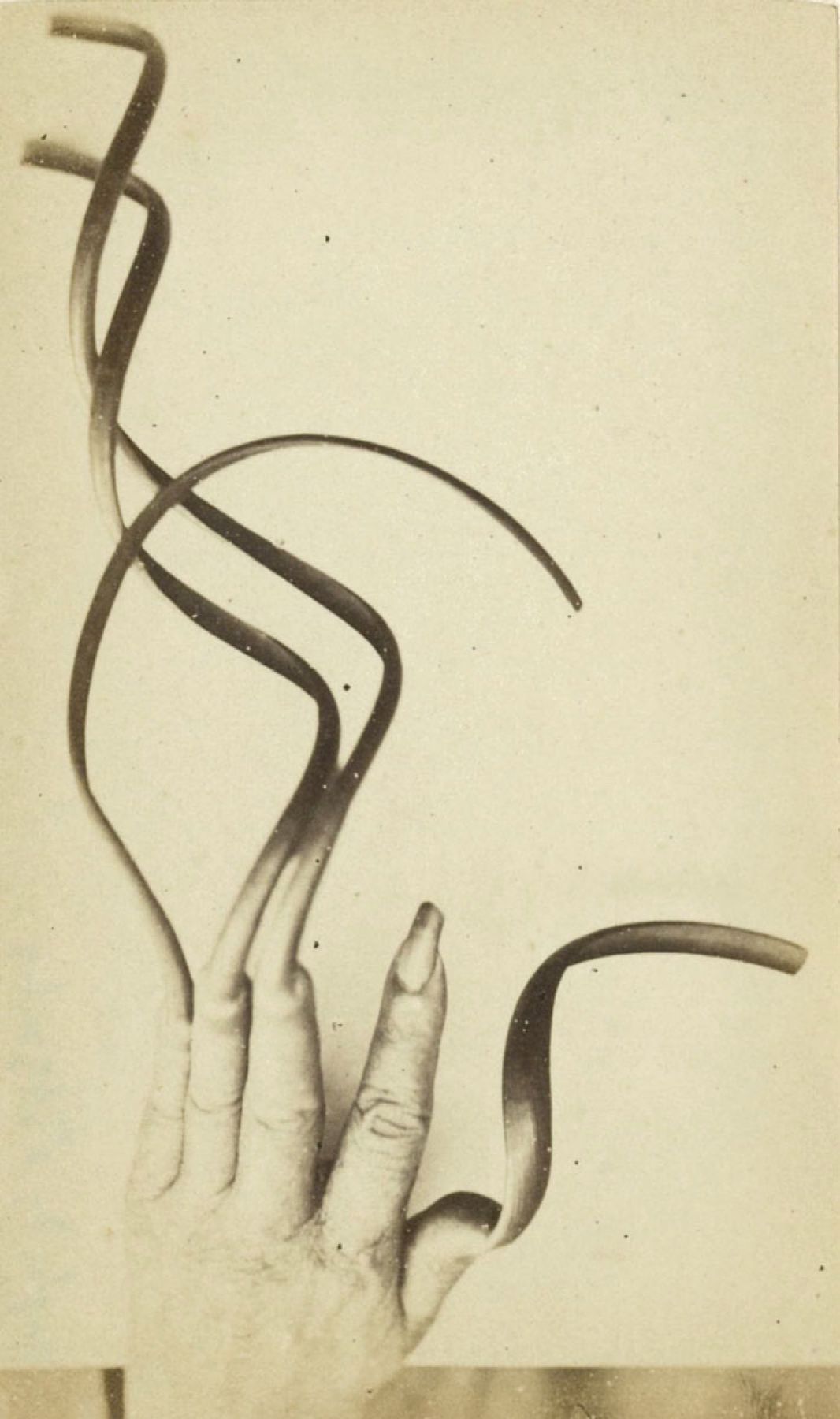
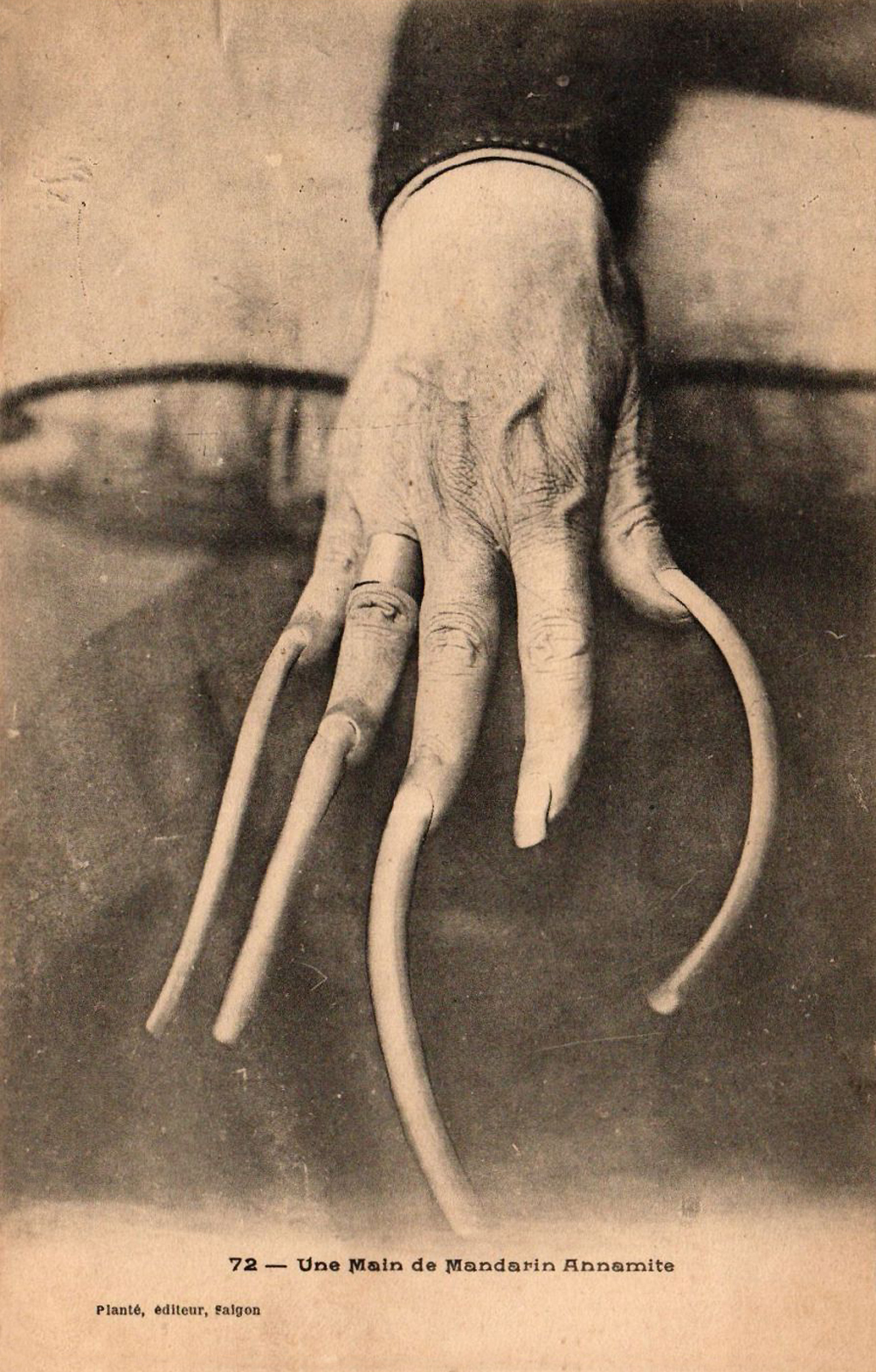


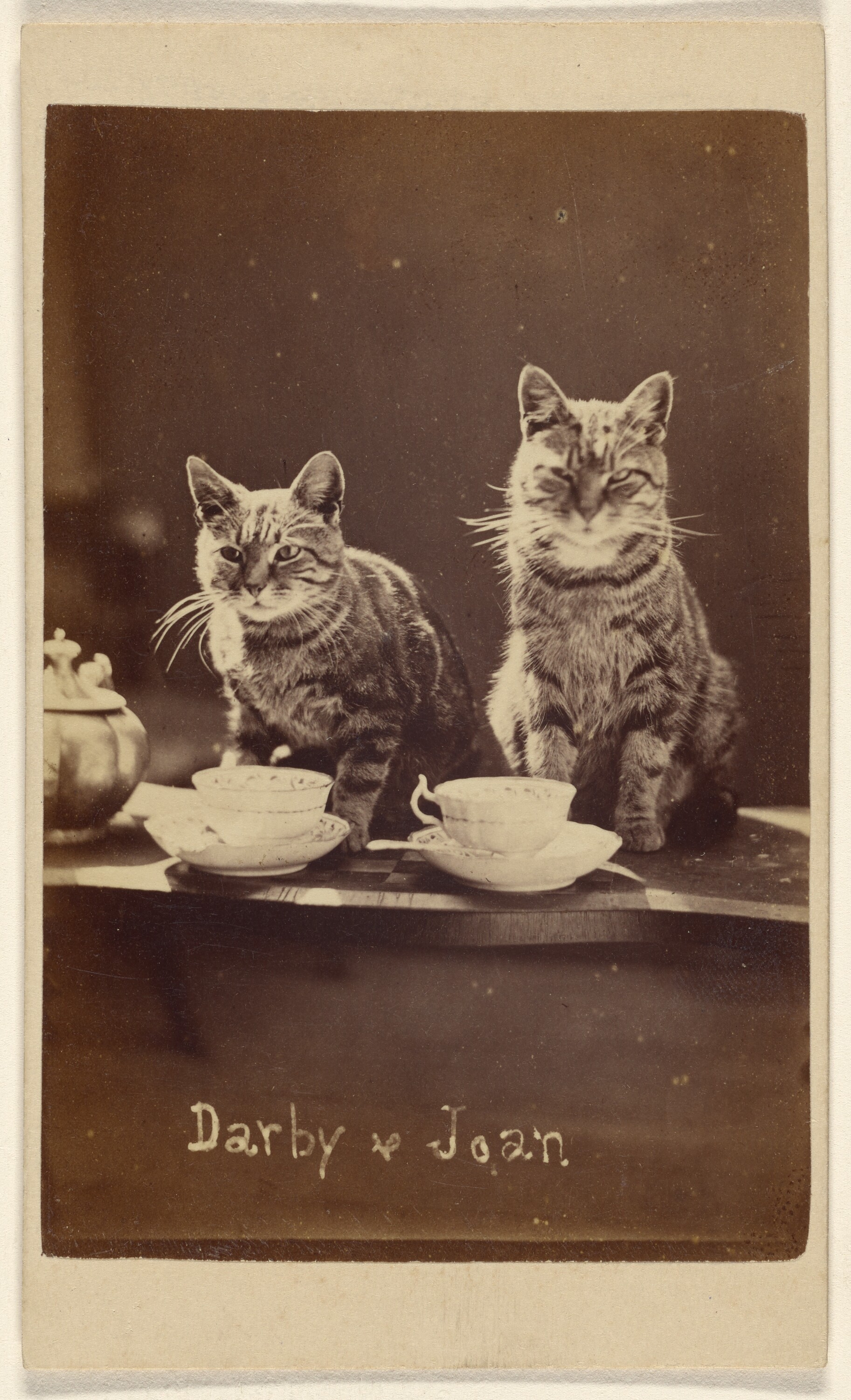
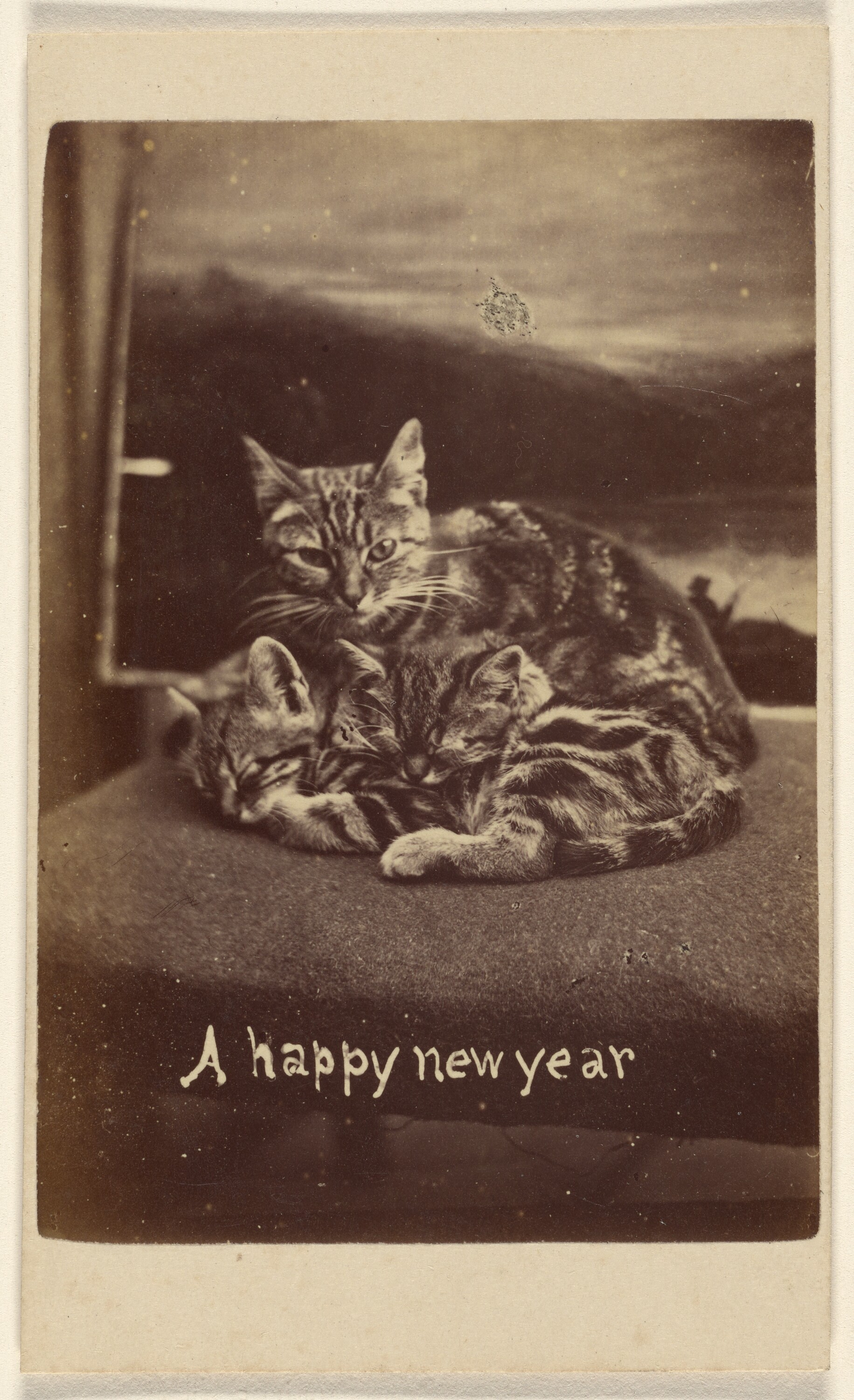
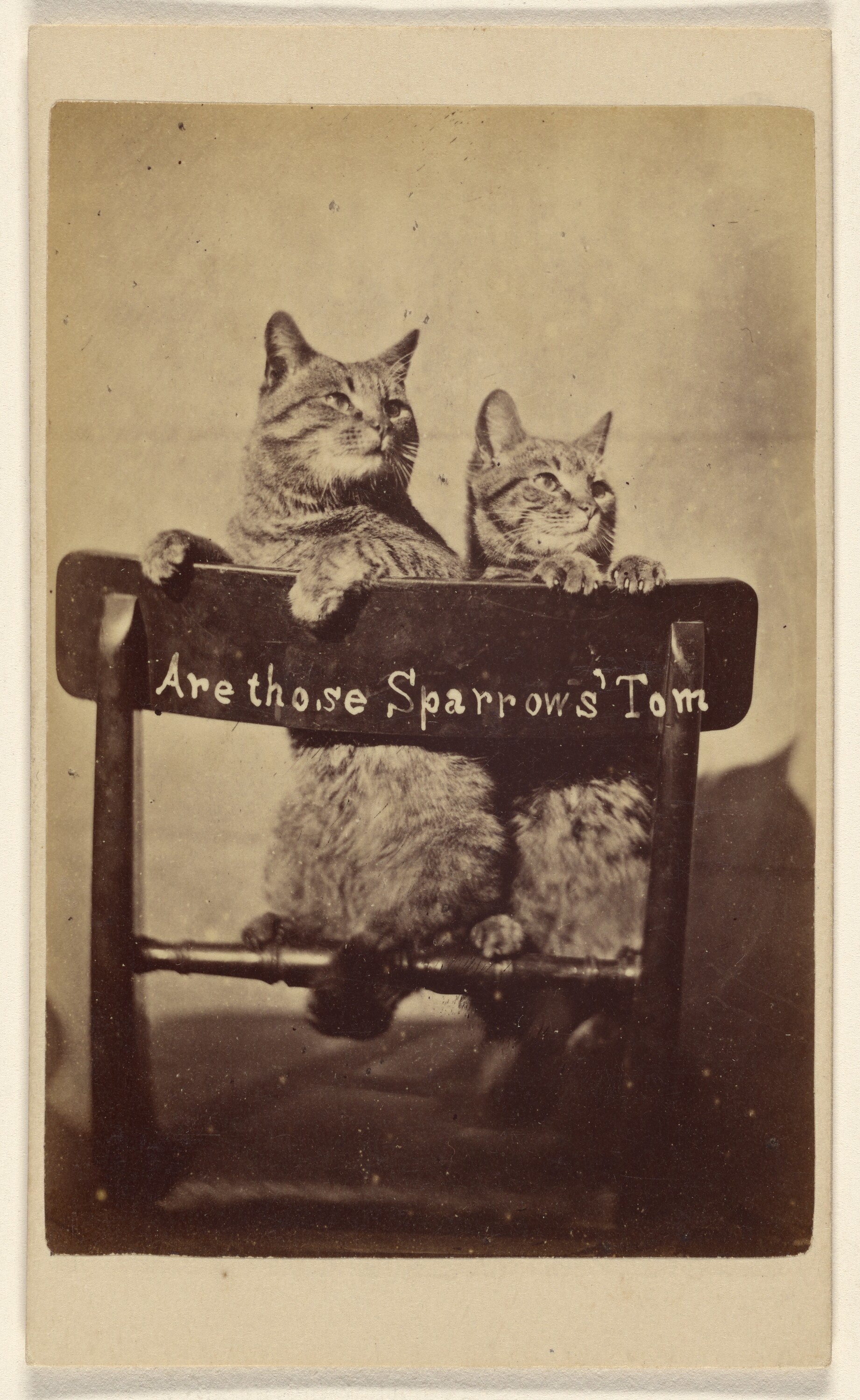
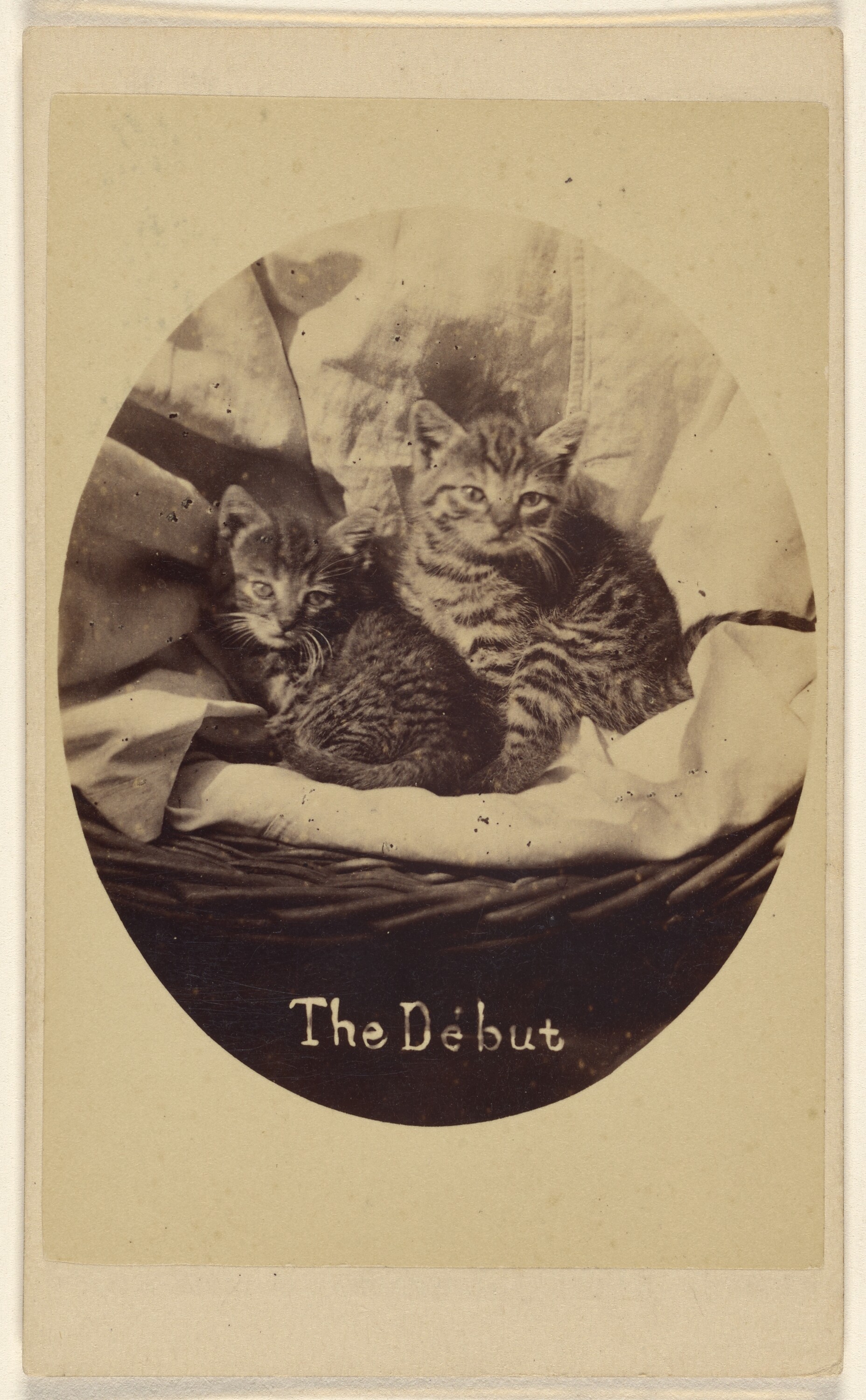

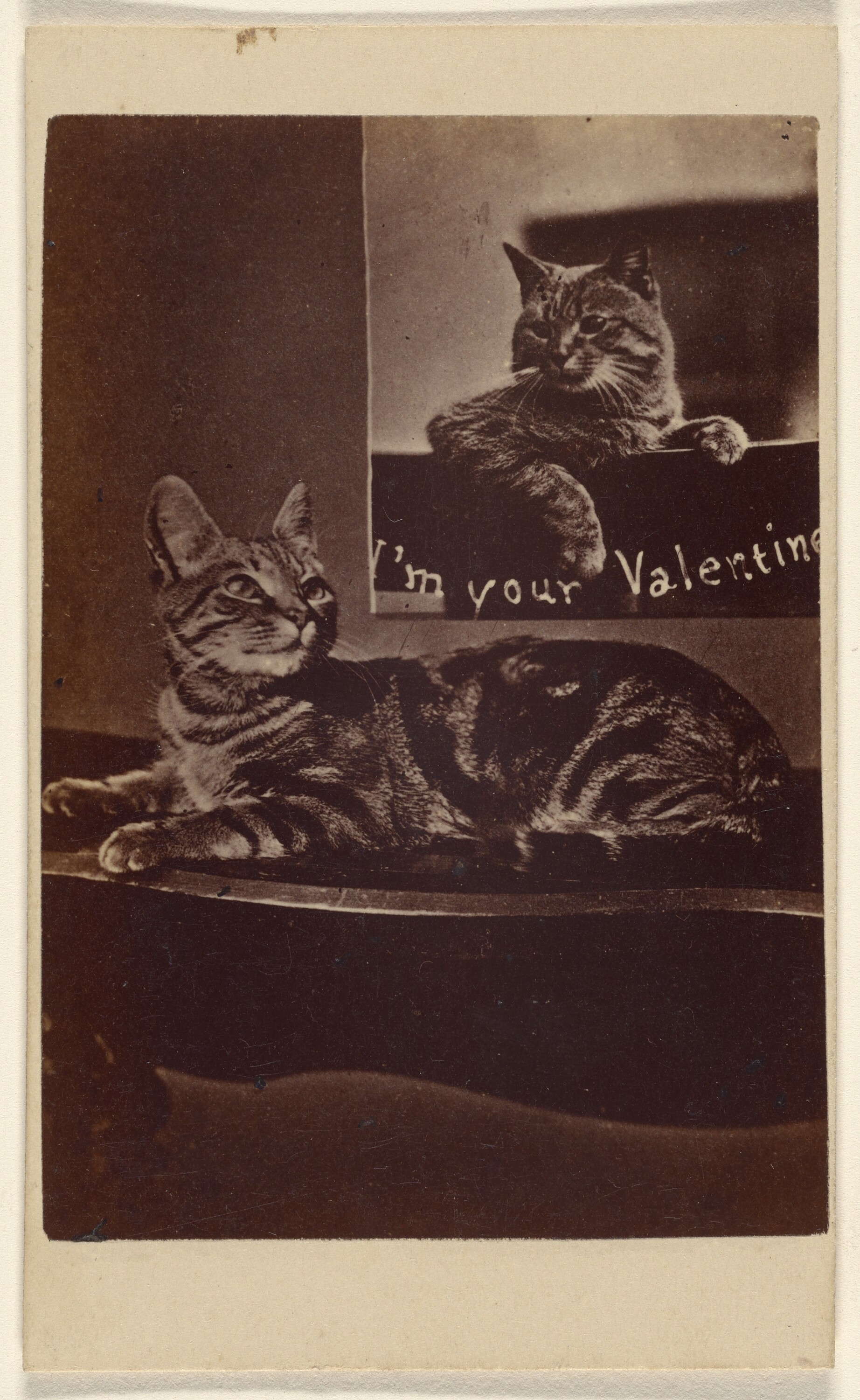
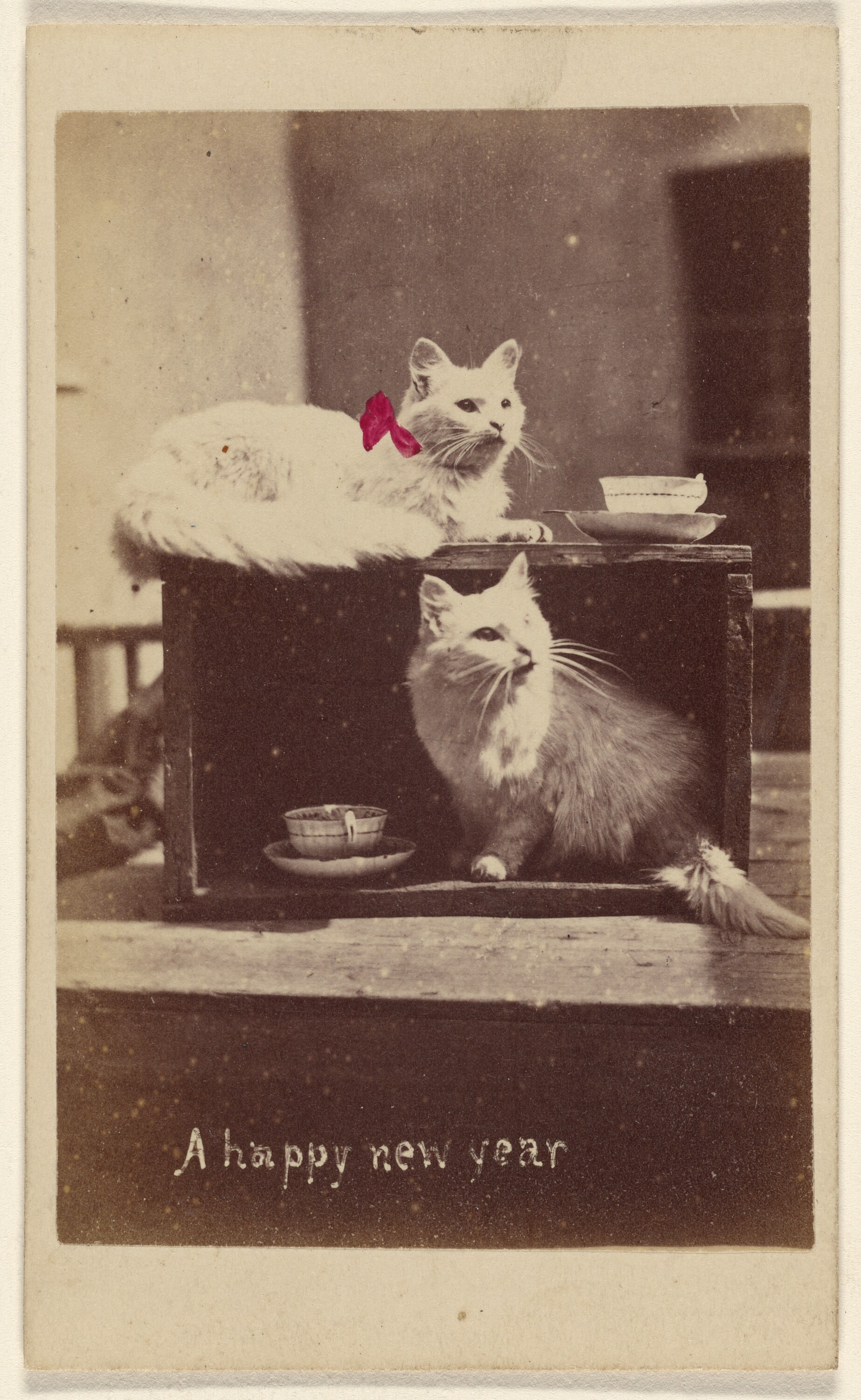

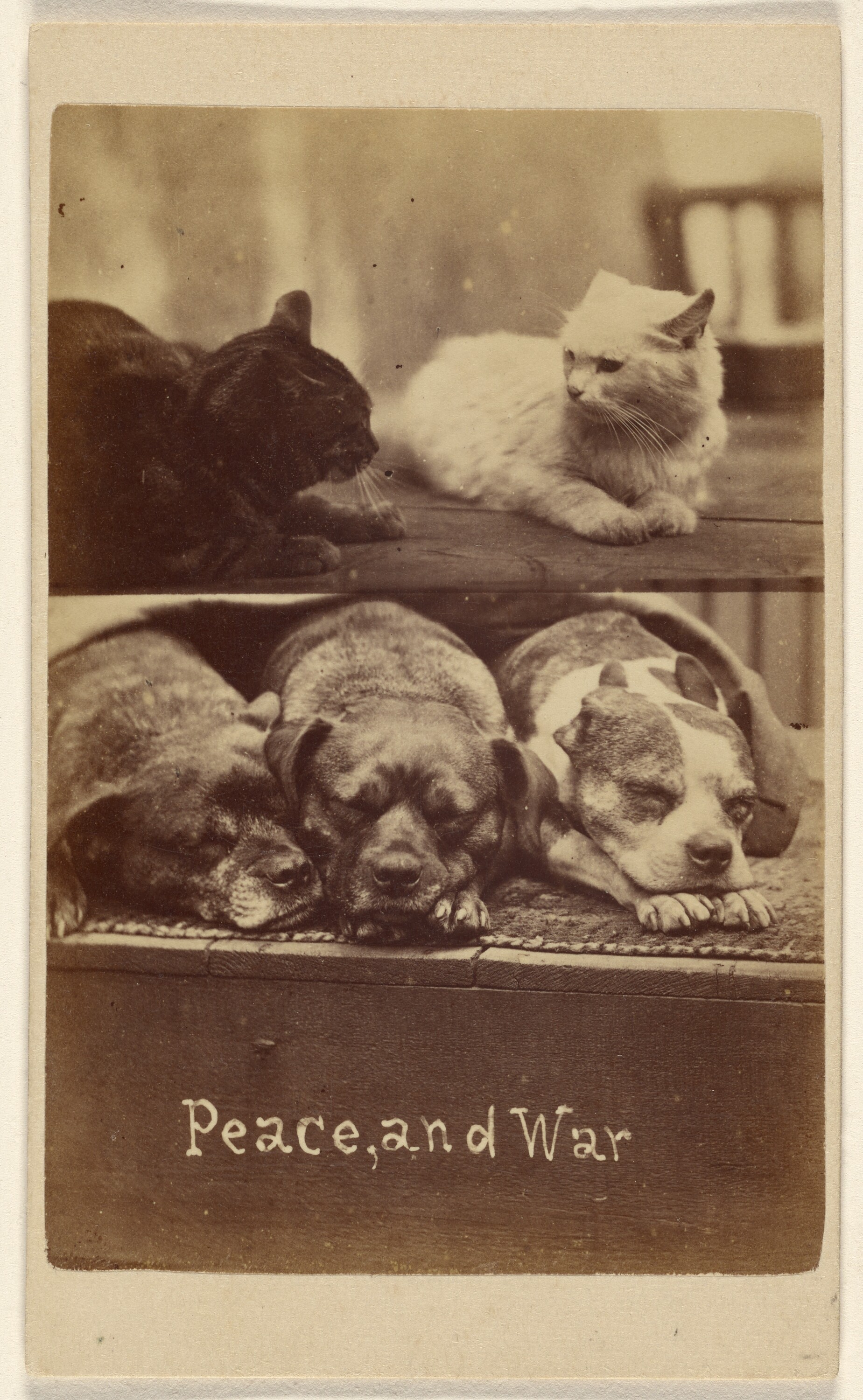

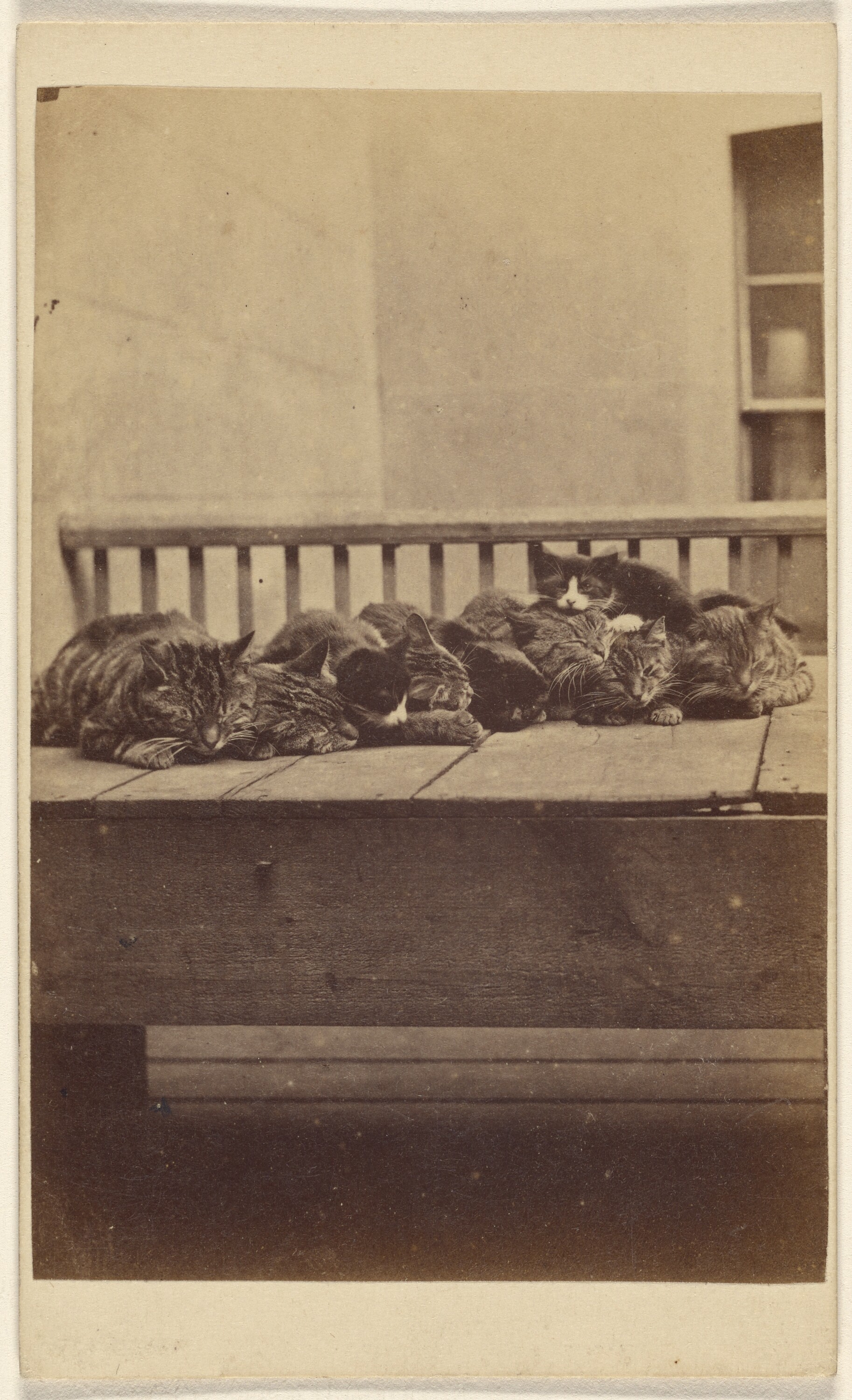
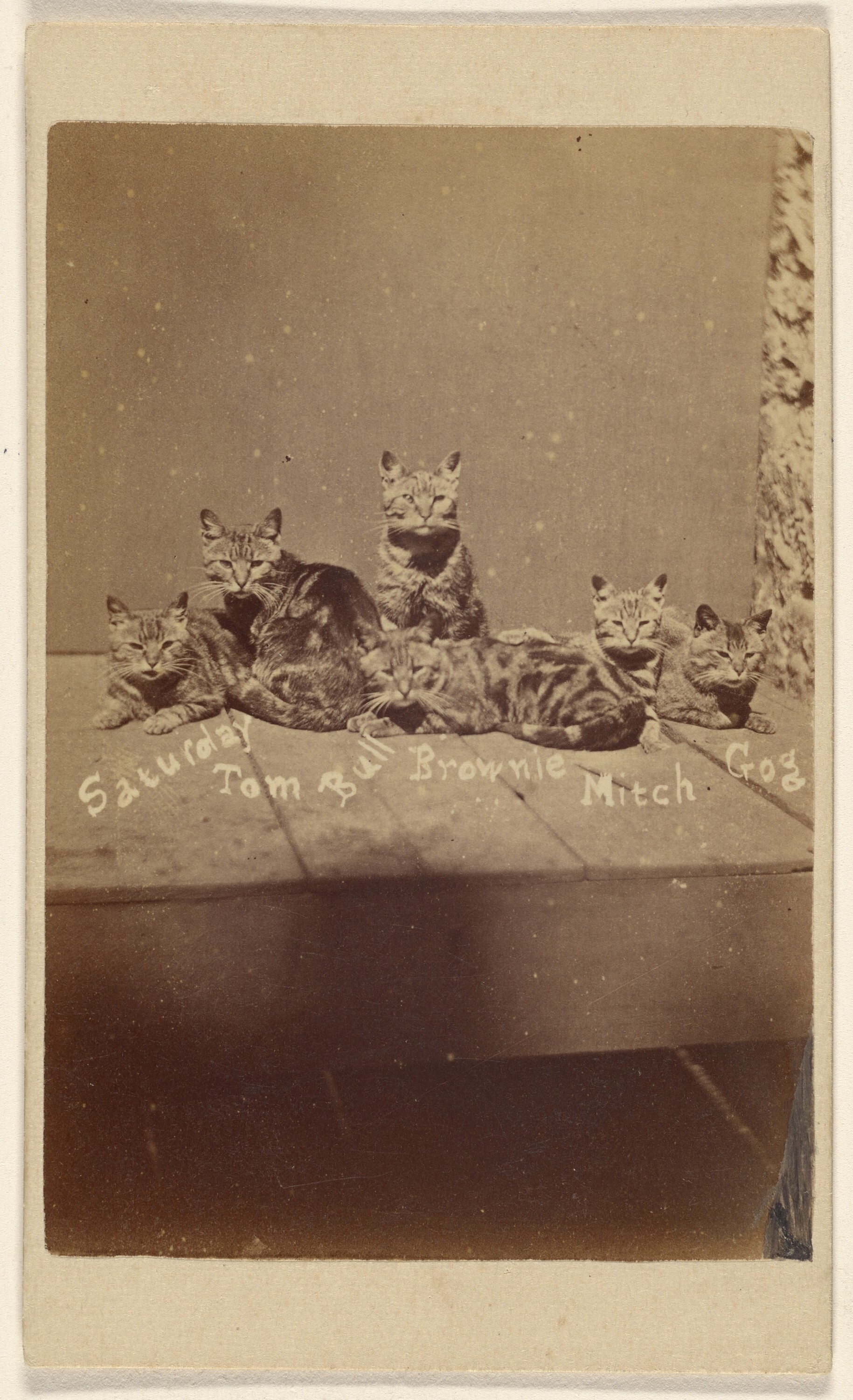
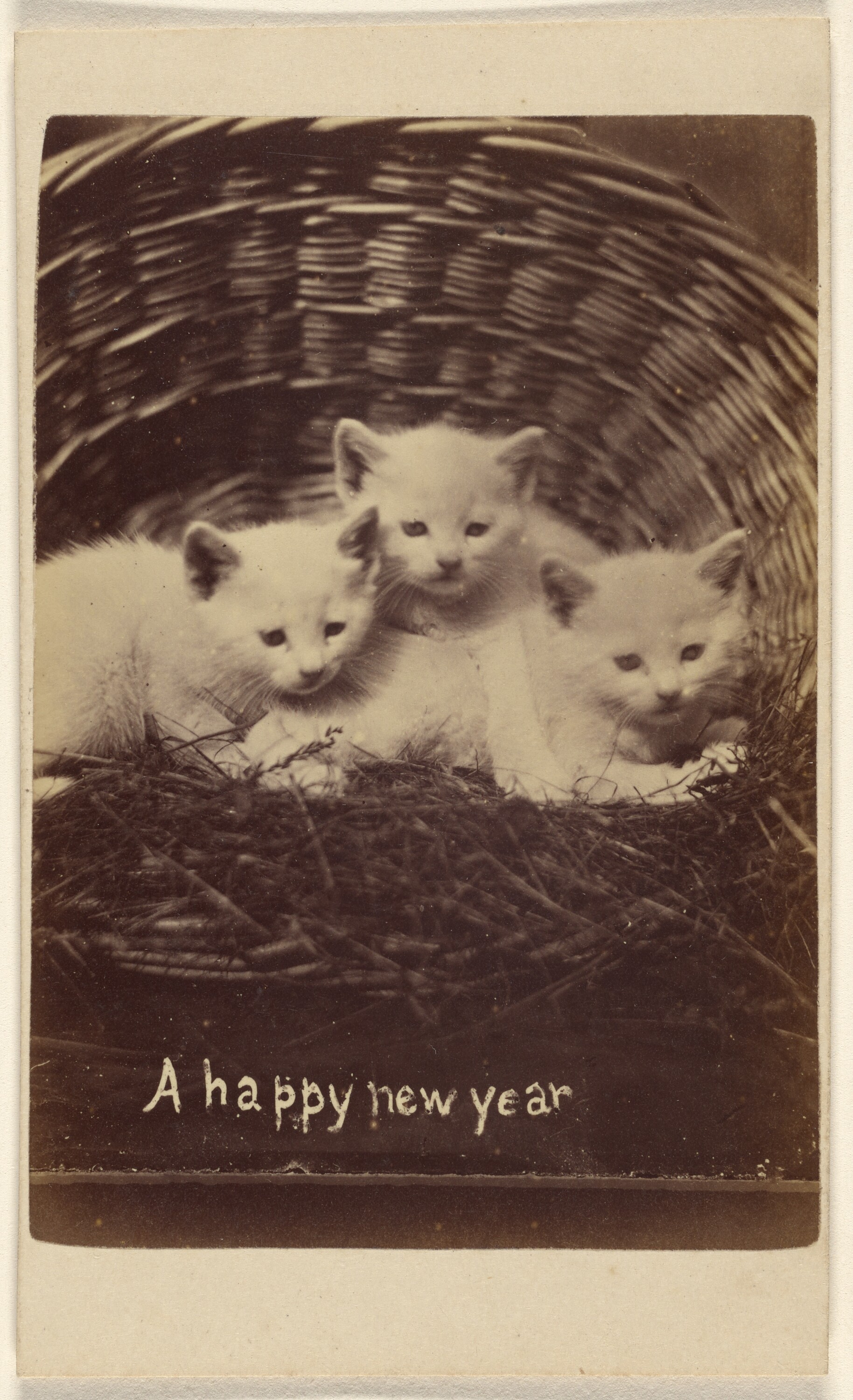

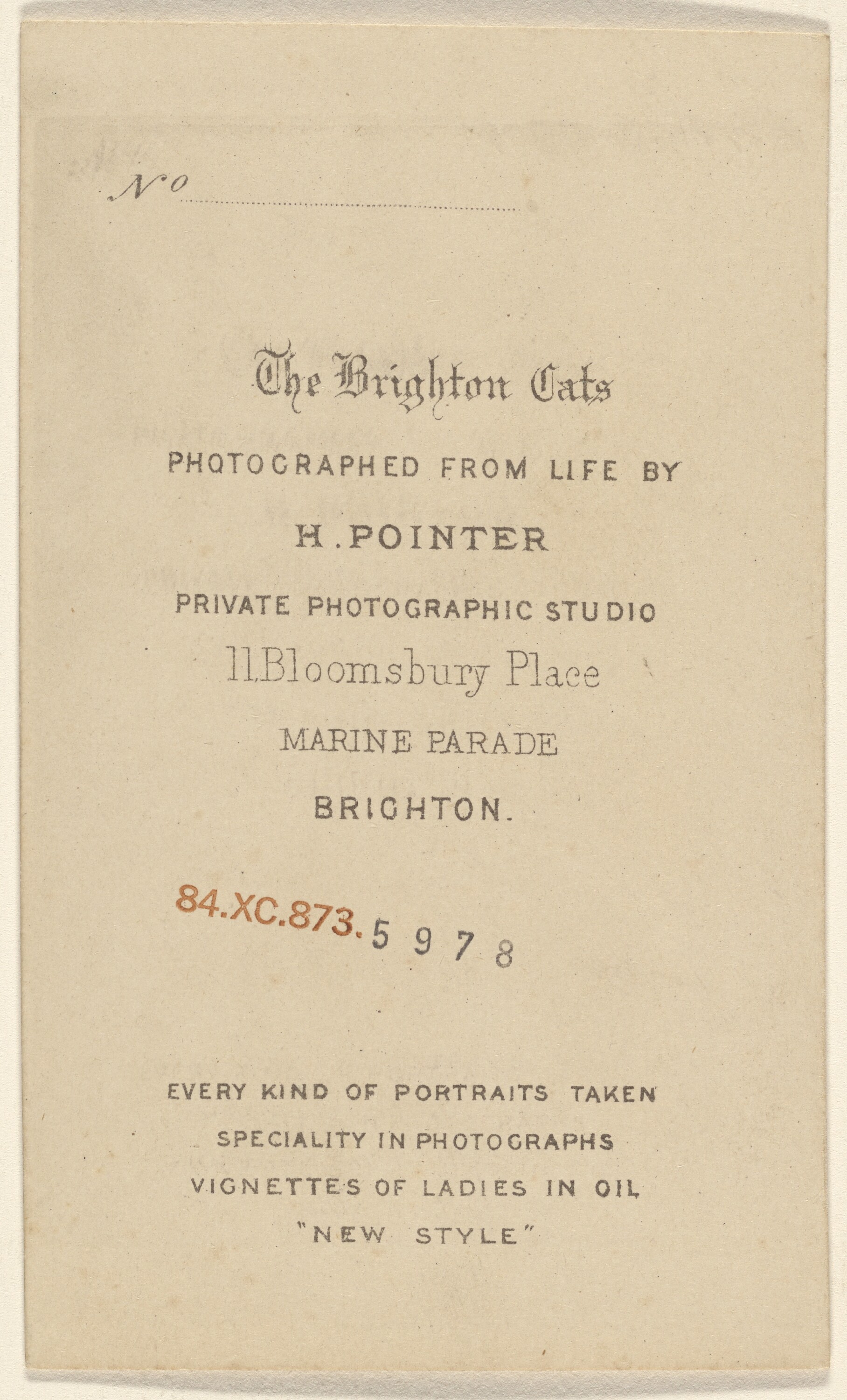
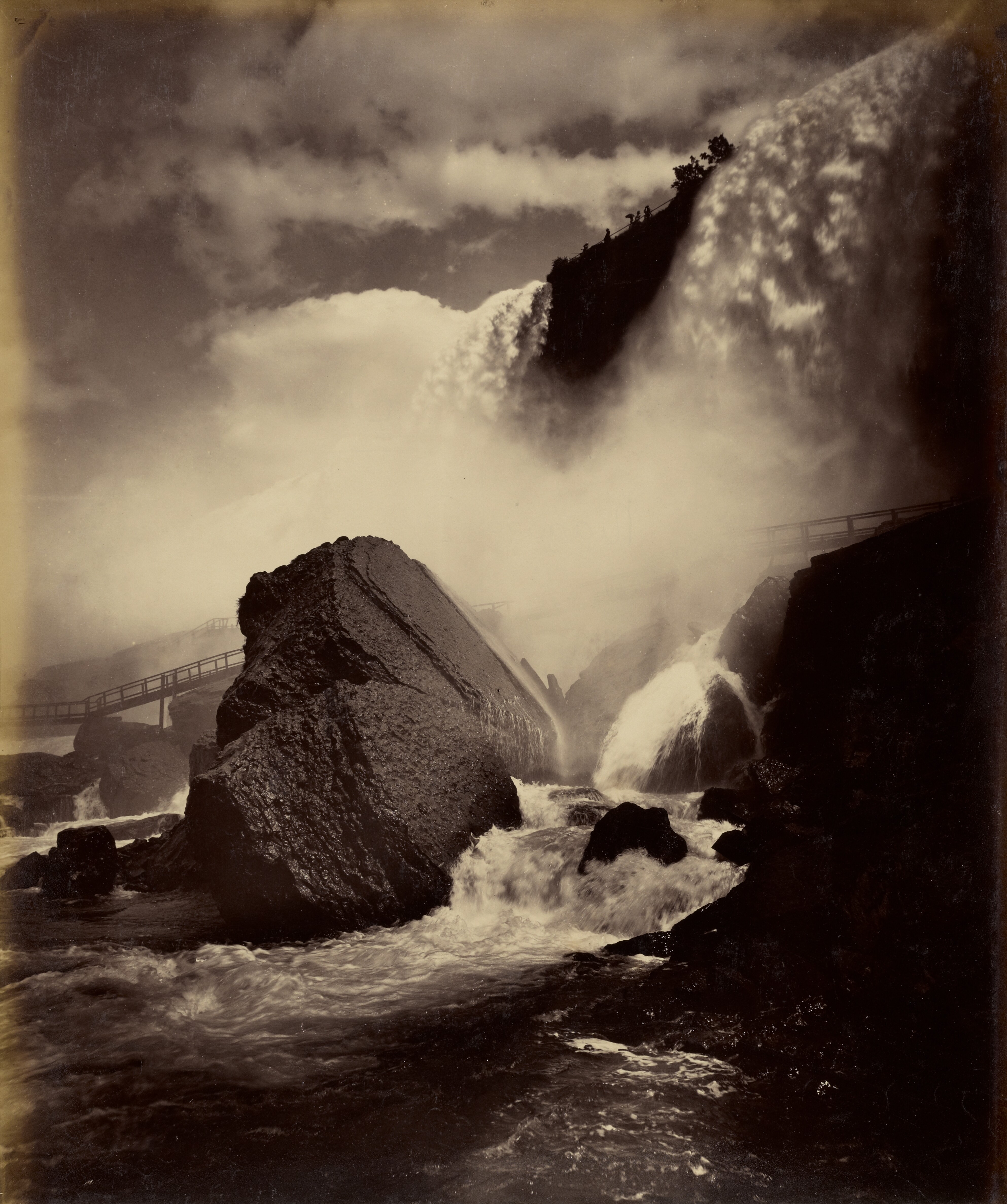
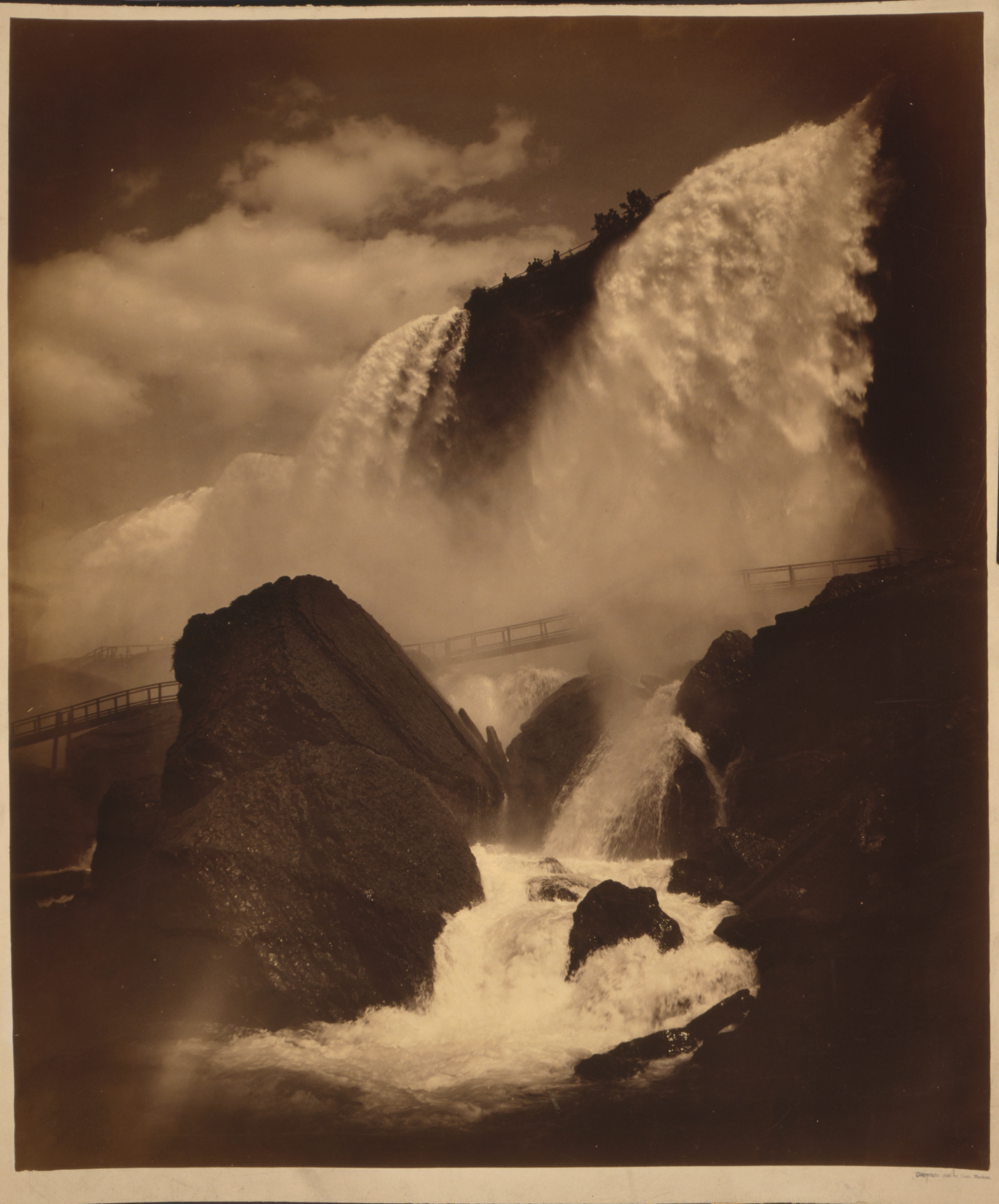
This Image is hosted in four American museums; three of them (Library of Congress, Getty Museum and The Metropolitan Museum of Art) acknowledge the authorship to George Barker. According to The Nelson-Atkins Museum of Art [x] this photograph is Nielson’s. In their website there is a mention to the photographer’s logo on back: “H.F. Nielson, Manuf. of all kinds of / Paper & Glass Views / Niagara Falls.”
Though the commercial market for large-scale landscape views was limited in the late 19th century, a small group of talented and savvy photographers found a lucrative niche in this genre. Herman F. Nielson, who lived most of his life in Niagara, New York, specialized in majestic tourist views of Niagara Falls. Here, Nielson depicts the American Falls (Luna Falls and Bridal Veil Falls) and the Rock of Ages. This view, or a slight variant, was reproduced in a popular guidebook at the time.
“New View Manufactory,” Niagara Falls Gazette 30:16 (October 10, 1883): n.p.
quoted from The Nelson-Atkins Museum of Art [x]
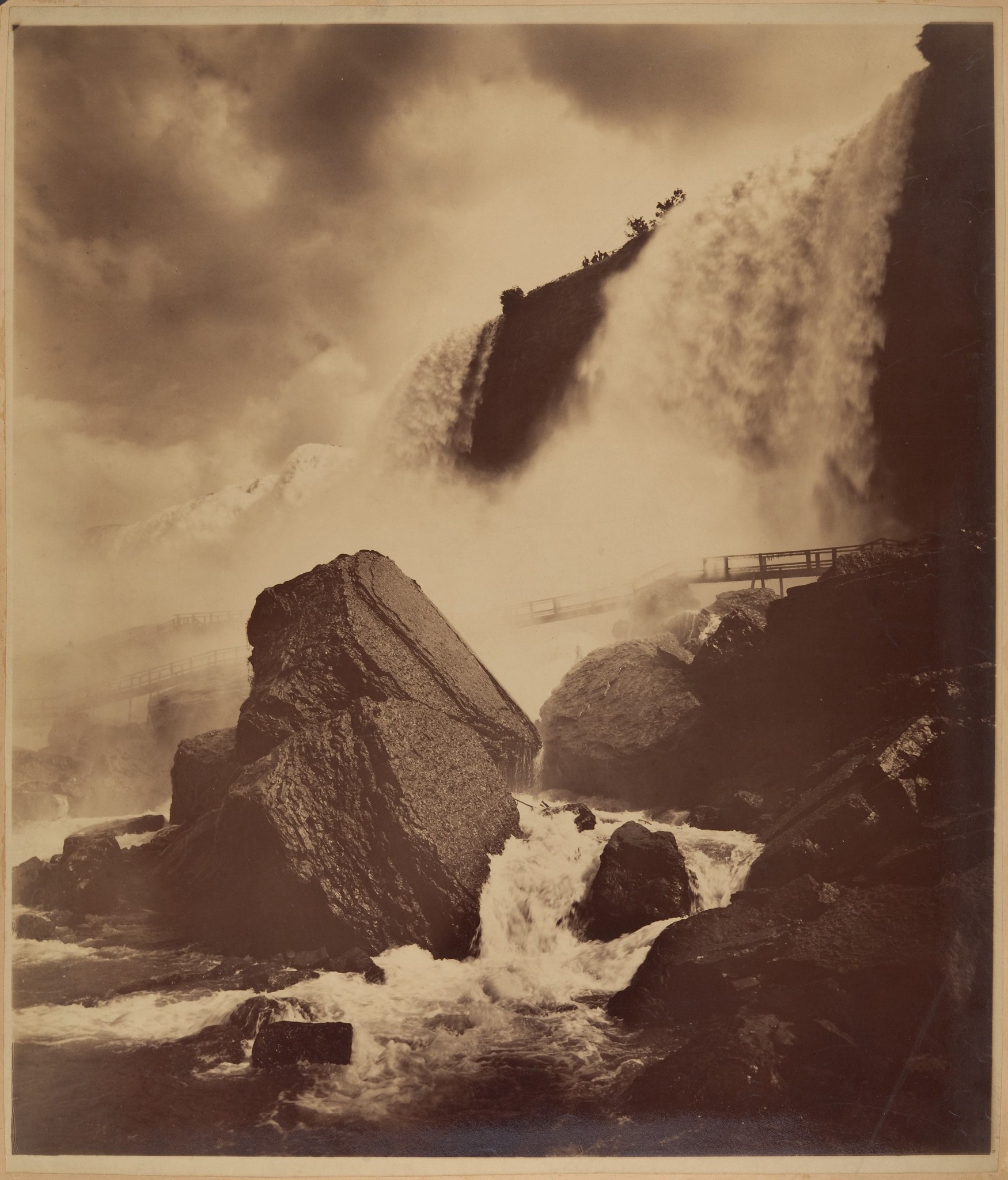
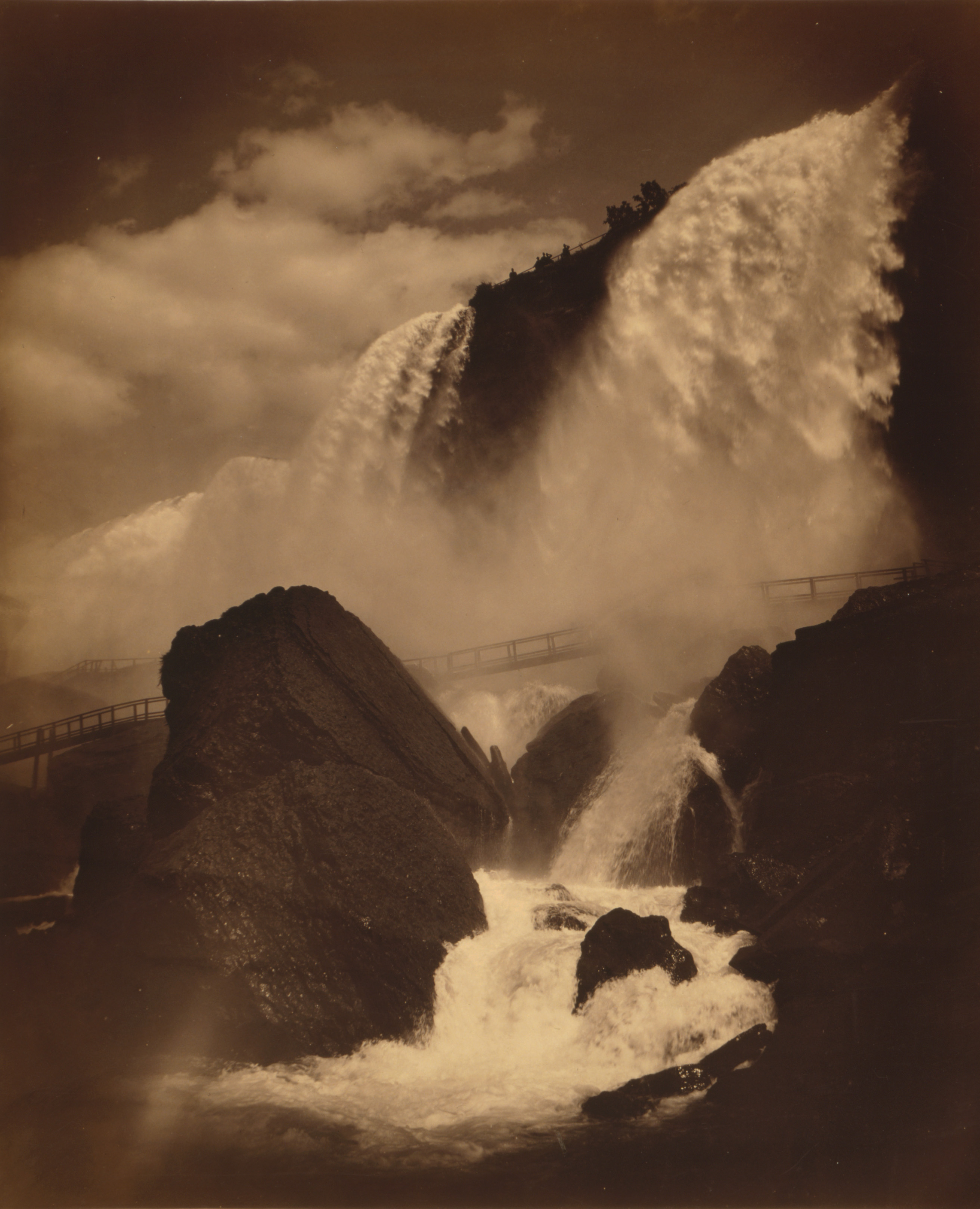
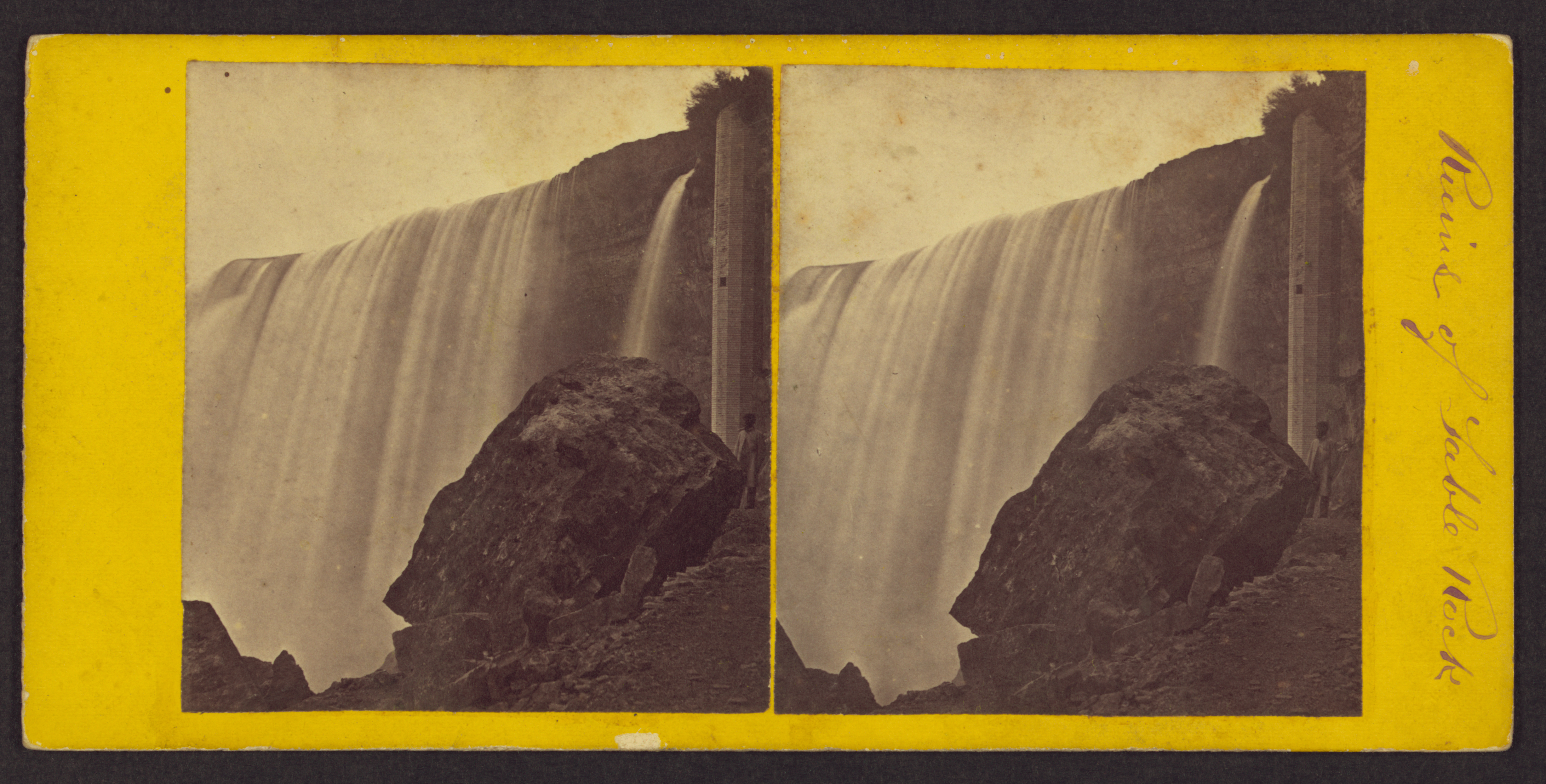
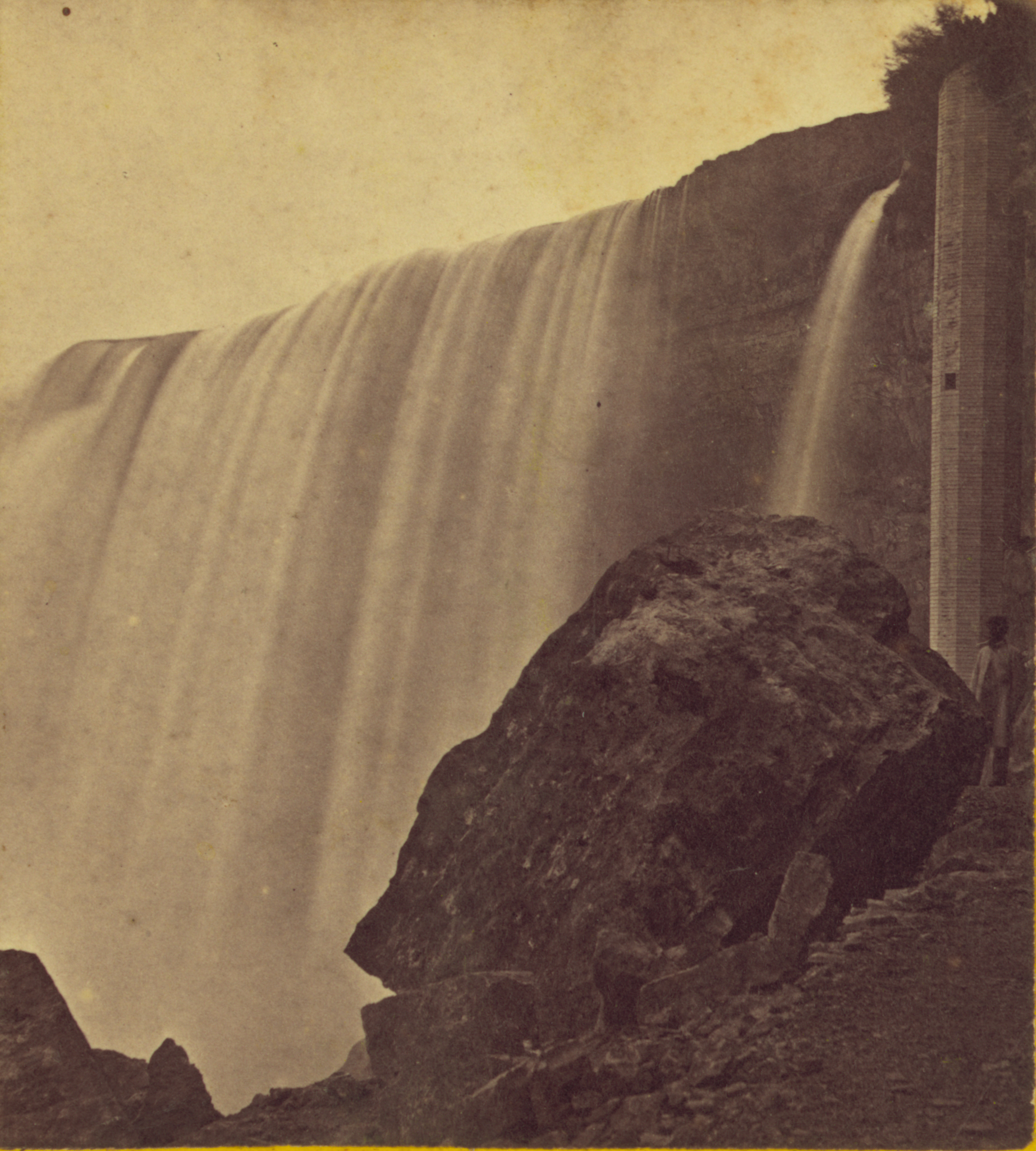

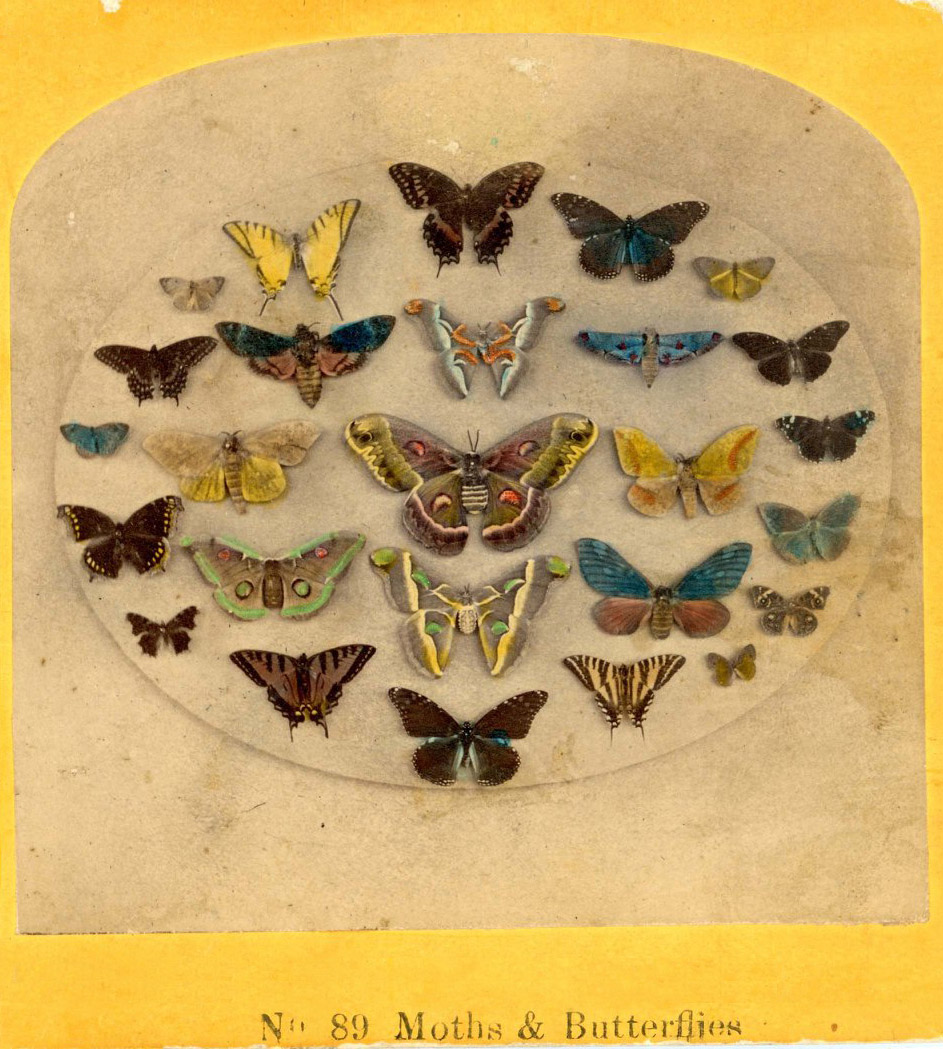
The Kilburn Brothers
A partnership between Benjamin West Kilburn and his brother Edward Kilburn of Littleton, New Hampshire (USA). One of the most significant of the American photographers and publishers of stereo cards in the nineteenth century. In 1879 they patented the “warped” or “curved” stereocard which enhanced the 3D effect. In 1908 James M, Davis obtained the Kilburn negatives and later resold them to Keystone. / quoted from Luminous-lint






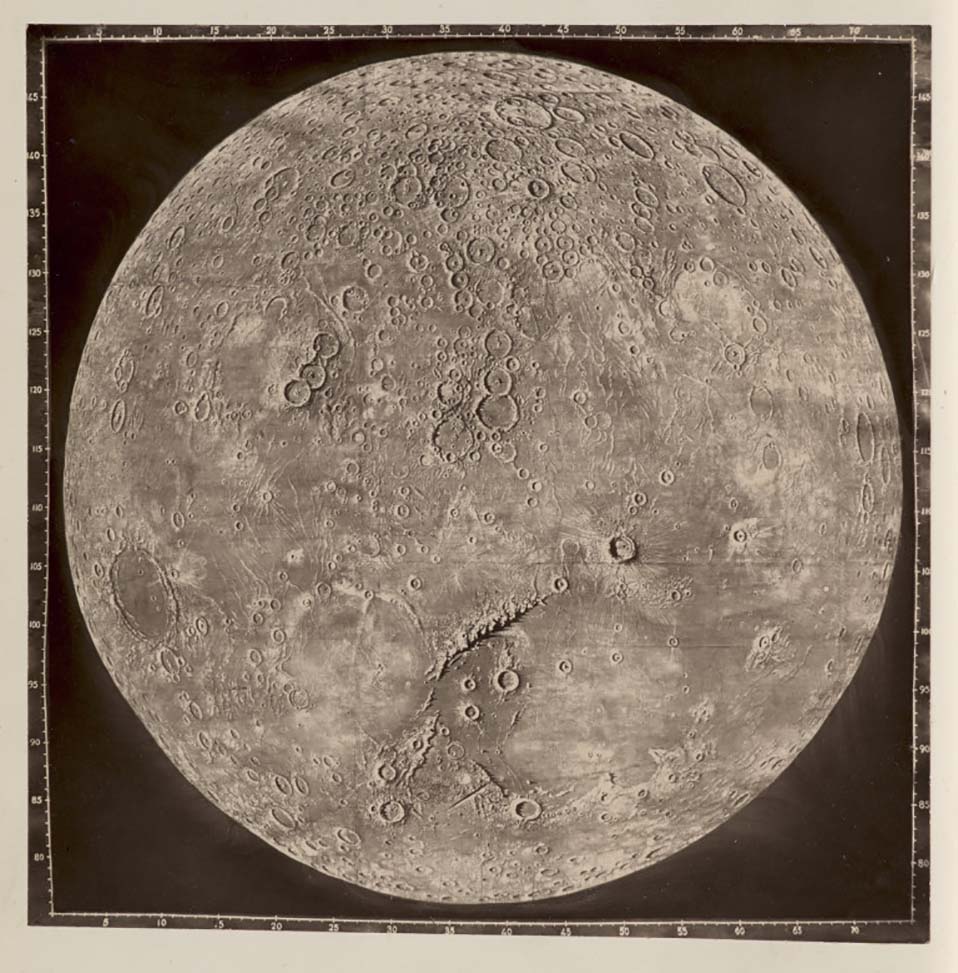
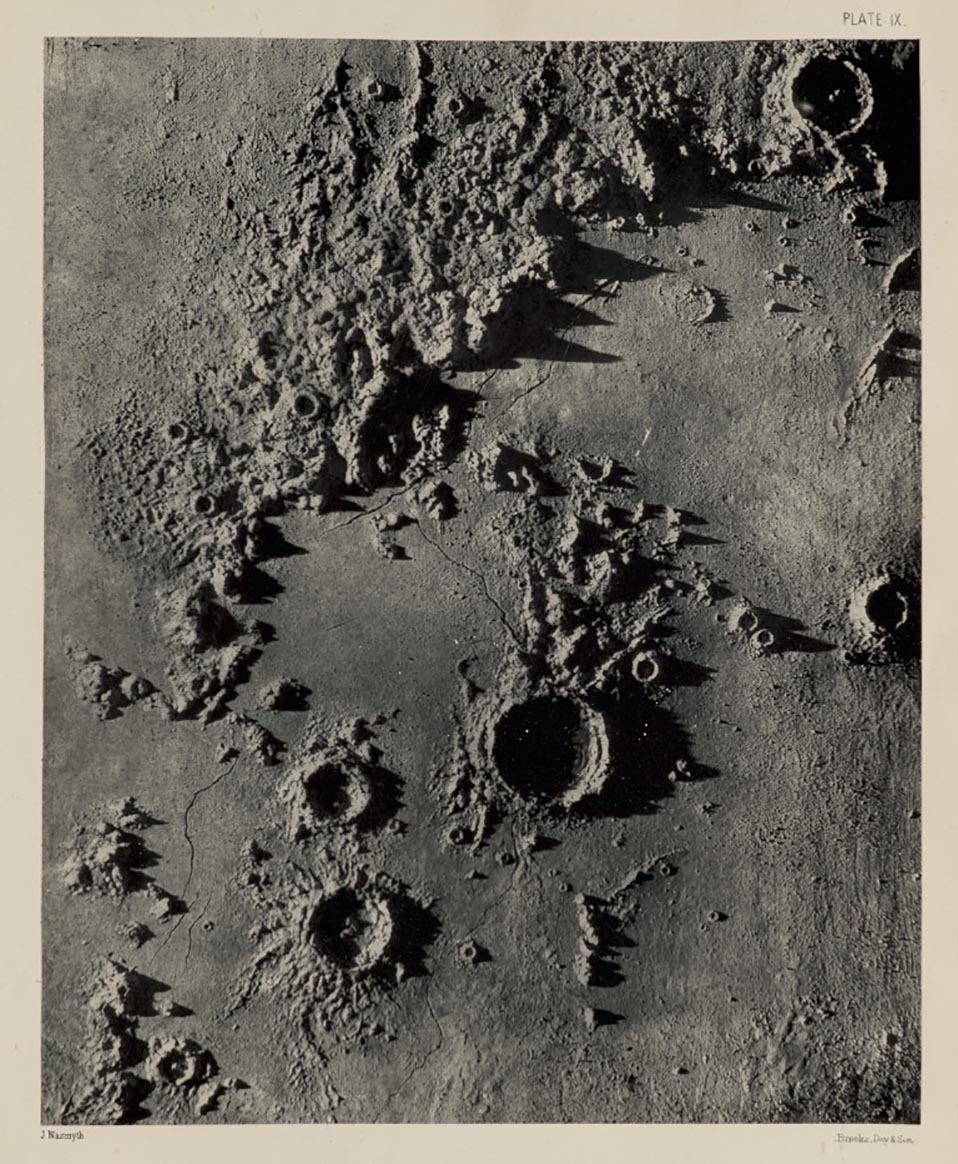
The Moon; Considered as a Planet, a World, and a Satellite (1873). With 46 text illustrations, and 25 plates on 24 leaves, comprising 12 mounted Woodburytypes of lunar models, 6 photogravures, 4 autotypes, 2 lithographs, and one chromolithograph. First edition of the classic and influential text on lunar geology by James Nasmyth (1808-1890) and James Carpenter. It was thanks to Nasmyth’s superior talent for visual communication that this book held the misconception that the lunar craters were volcanic for almost 100 years. It was not until 1969, when the Apollo 11 space mission brought back geological samples from the moon, that the impact theory gained credibility and the volcanic hypothesis was finally abandoned. – The book was one of the first to be illustrated with photomechanical prints, praised by a contemporary reviewer as one of the “truest and most striking representations of natural objects”, although the illustrations are not actual photographs of the Moon. The book is the result of decades of studies Nasmyth, a retired industrial engineer and amateur astronomer, made of the moon with a large telescope of his own design. He made numerous studies and maps of the moon, recording its topographical features with extraordinary clarity and precision. Nasmyth and Carpenter pointed the camera not at the lunar surface itself, but at a series of hand-made plaster models based on these drawings. It was already possible to photograph the Moon, but the highly magnified views they sought could only be achieved using plaster models photographed outdoors in glaring light, both to replicate the oblique angle of the sun’s rays on the lunar surface and to reveal the subtle topographical variations of the model’s surface. – Nasmyth’s first drawings of the moon were made as early as 1842 and were first exhibited in Edinburgh in 1850. The first public presentation of photographs of Nasmyth’s models took place at the Manchester Photographic Society exhibition in 1856. – This edition contains seven different prints by six printers, including two different variants of the Woodburytype. [quoted from Jeschke van Vliet]
![Raimund von Stillfried :: [Jeunes filles] [Young girls]; 1875 (Albumen print, hand-coloured) [Detail] | src BnF ~ Gallica](https://live.staticflickr.com/65535/52554671072_942f7a5166_o.jpg)
![Raimund von Stillfried :: [Jeunes filles] [Young girls] [Japonais, album 2 of 5] [nº 689] (taken 1875), published 1877-1878 (tirage sur papier albuminé coloriés à la main) | src BnF ~ Gallica](https://live.staticflickr.com/65535/52555129486_9cd7882db3_o.jpg)
![Raimund von Stillfried
[Jeunes filles] [Young girls]
[Japonais, 2] Japan
1875 (taken) 1877-1878 (album)
Albumen print, hand-coloured](https://unregardobliquehome.files.wordpress.com/2022/12/japonais___realise_par_stillfried_...stillfried_raimund_btv1b10500749c_79-detail.jpg)

